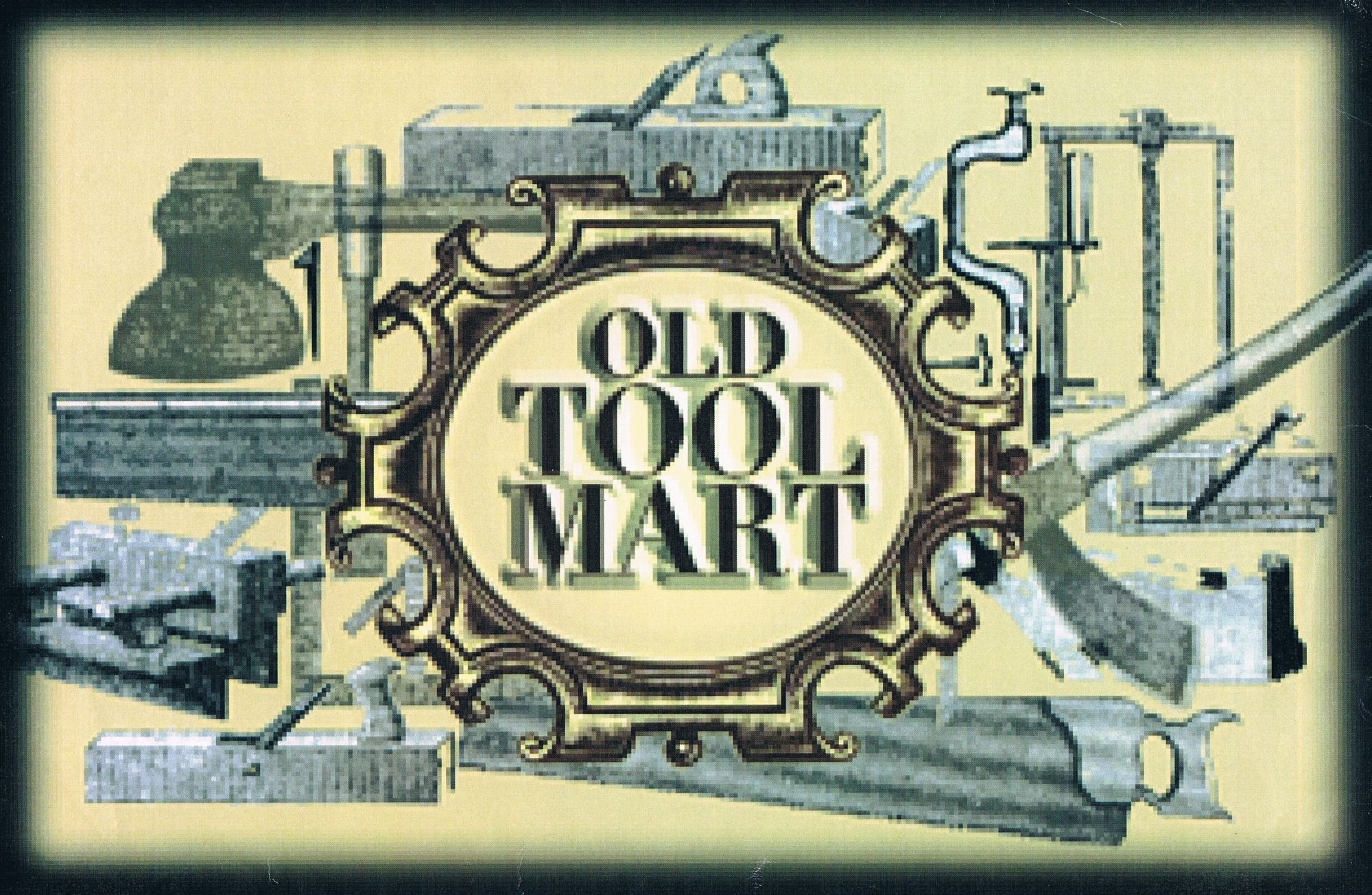An elusive and very rare accessory, if ever it was actually produced ???Whilst talking to a very knowledgeable tool collector, who appreciates all things made by Thomas Norris, he happened to mention that he had never seen, in all his years of searching:-Namely, the " high pitch setting device". An...
An English style infill fore plane offered by Footprint Tools around 1990. It wasn't available very long. I believe that approximately only 200 of them were ever manufactured. Footprint were offered the order to produce a 'Norris' pattern plane by Law & Gawber, of Canada, but strictly on the...
Quite frequently, I get asked about the various names that are given to long bench planes, both vintage woooden planes and also to the more modern metal types, which can seem confusing to the un-initiated woodworker.From personal research, I understand that the term 'jointer' was certainly being...

